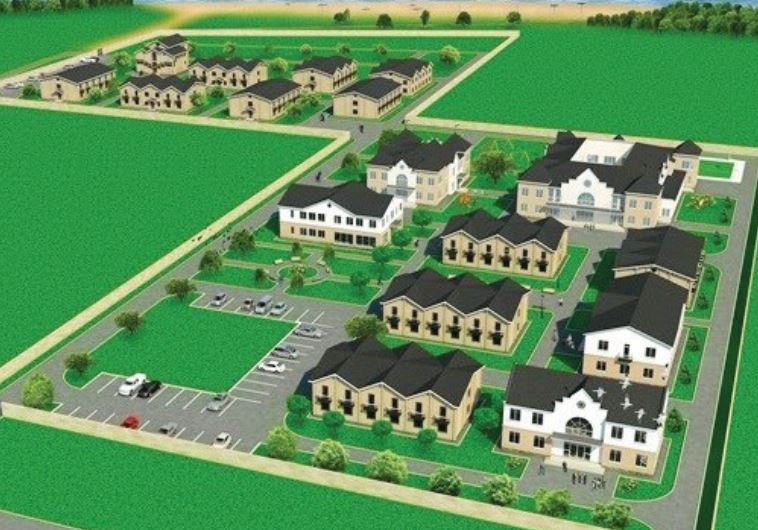Jewish refugees in Ukraine start building 'shtetl' - Tevye’s modern-day Anatevka
Seventy-six permanent apartments and 20 hotel-style rooms for transients will comprise the complex, says American volunteering on the project.
 A MODEL of the Anatevka Jewish refugee community being set up in Kiev for displaced persons from eastern Ukraine.
A MODEL of the Anatevka Jewish refugee community being set up in Kiev for displaced persons from eastern Ukraine.